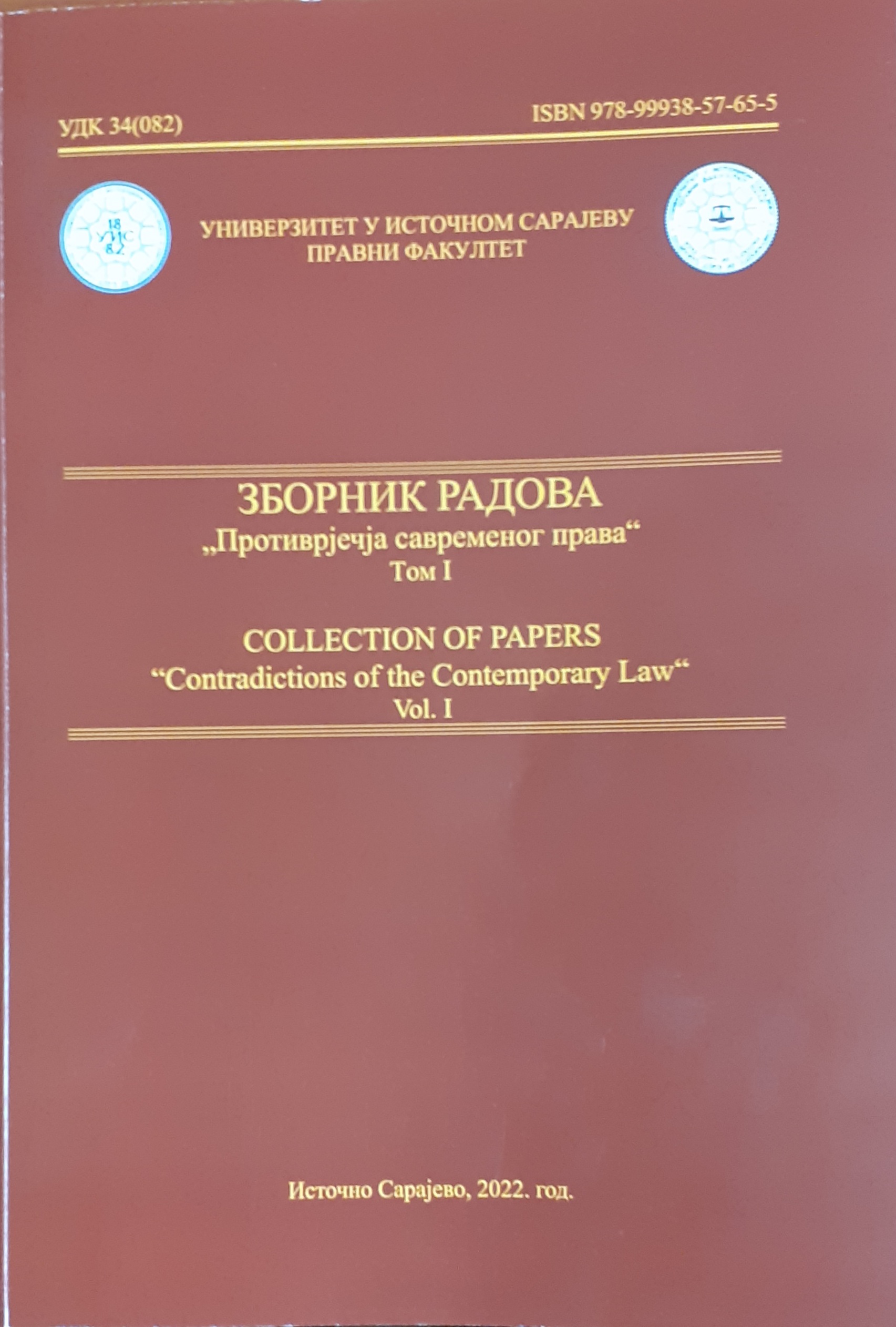The Right to Self-determination in International Law - Historical Perspectives
The Right to Self-determination in International Law - Historical Perspectives
Author(s): Zoran Jovanovski
Subject(s): Law, Constitution, Jurisprudence, International Law
Published by: Правни факултет Универзитета у Источном Сарајеву
Keywords: International law; States; Structures;
Summary/Abstract: The name of international law is derived from the Latin term jus gentium and it means the right of the nation or international law. International law also includes the term public international law or private international law. Public international law regulates relations, first of all between states, while private international law regulates the relation between persons with different citizenship in cases of dilemma in which in fact national law should be applied in a specific case, and thus its jurisdiction would be competent, etc. Universal international law actually applies to the entire international community, while regional international law applies only to states belonging to one region or area. International law has two structures, a vertical and horizontal. All states that are sovereign and independent represent the horizontal structure. This structure indicates that a given state is not subordinated to another state or an international organization, i.e. when a state must first agree to any restrictions. The vertical structure is slightly different, for example states can be merged to create certain international organizations that are capable of creating a binding effect on their members.
Book: Зборник радова "Противрјечја савременог права" Том I
- Page Range: 54-71
- Page Count: 18
- Publication Year: 2022
- Language: English
- Content File-PDF

